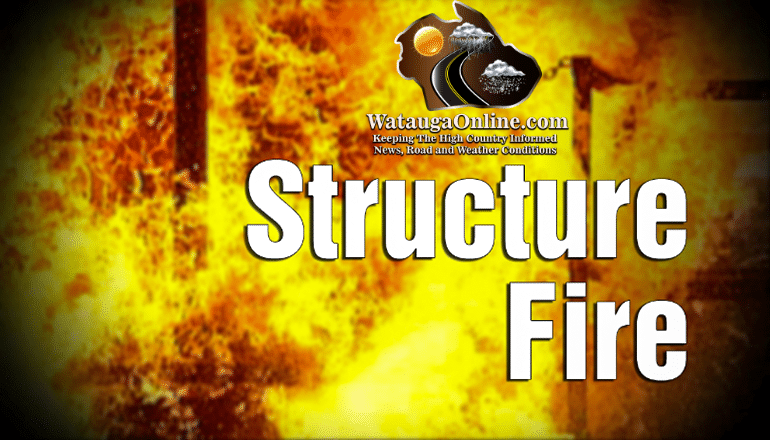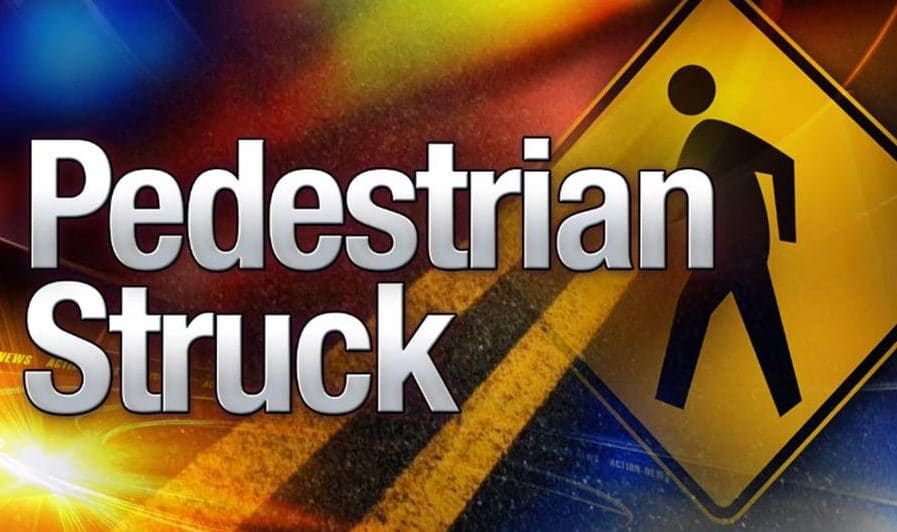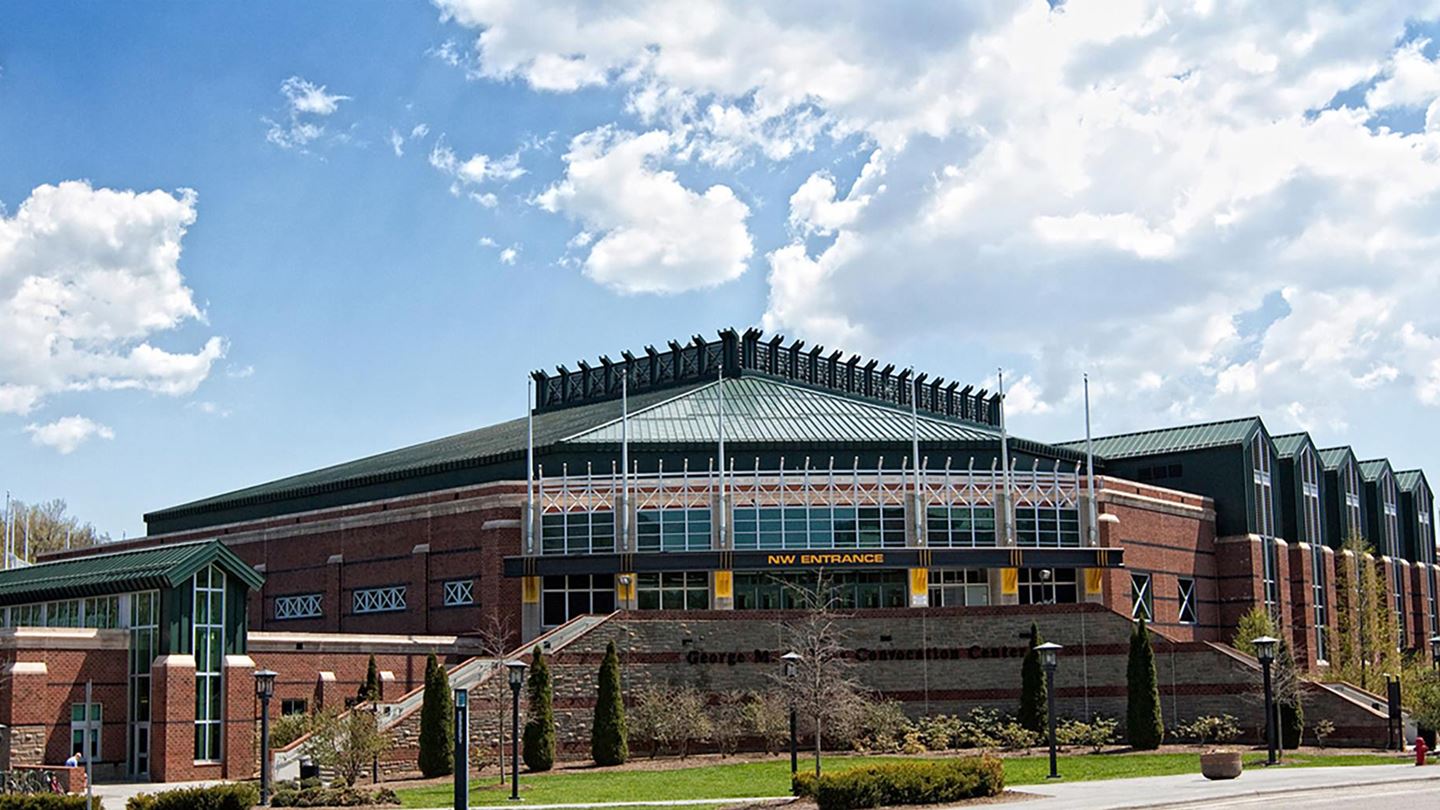Last Updated on December 2, 2016 3:24 pm
RALEIGH – Fire experts with the N.C. Forest Service say recent rains have helped to reduce fire danger in the North Carolina mountains, prompting the agency to lift the ban on open burning for 32 counties effective at 5 p.m. today (Friday December 2, 2016).
The burn ban has been lifted in these counties: Alexander, Alleghany, Ashe, Avery, Buncombe, Burke, Cabarrus, Caldwell, Catawba, Cherokee, Clay, Cleveland, Gaston, Graham, Haywood, Henderson, Iredell, Jackson, Lincoln, Macon, Madison, McDowell, Mecklenburg, Mitchell, Polk, Rutherford, Swain, Transylvania, Union, Watauga, Wilkes and Yancey.
However, the Piedmont received significantly less rain and fire experts are less comfortable with fuel conditions there, so the burn ban will remain in effect for the following 15 counties: Anson, Caswell, Davidson, Davie, Forsyth, Guilford, Montgomery, Randolph, Richmond, Rockingham, Rowan, Stanly, Stokes, Surry and Yadkin.
“Despite the recent rain, the N.C. Forest Service has noted that not all areas received the soaking rain needed to fully mitigate fuel conditions,” said Agriculture Commissioner Steve Troxler. “They would like some additional time to assess fire conditions in the Piedmont counties currently under the ban.”
The N.C. Forest Service continues to evaluate the need for the ban daily, Troxler said.
No new burn permits will be issued in the 15 Piedmont counties until the ban is lifted. In counties where the ban has been lifted, people wanting to burn debris will need to reapply for a permit. For more information, contact Brian Haines, public information officer with the N.C. Forest Service, at 919-857-4828.
Here is more information about the ban on open burning and other precautions in place:
- The ban prohibits all open burning, regardless of whether a permit was issued. All burning is prohibited if it is 100 feet or more from an occupied dwelling.
- Many counties across the state are imposing their own local ordinances prohibiting burning within that 100 feet, so residents should call their local fire marshal before engaging in any burning activities.
- People in violation of the ban will be assessed a $100 fine and risk violating air quality regulations and local ordinances. Outdoor burning is also prohibited in areas covered by Code Orange or Code Red air quality forecasts.
- Open burning includes burning leaves, branches and other plant material. In all cases, it is illegal to burn trash, lumber, tires, newspapers, plastics or other non-vegetative materials.
- The N.C. Division of Parks and Recreation is not permitting campfires and open cooking fires at any of its parks west of Interstate 95. South Mountains State Park remains closed due to wildfire activity. Chimney Rock State Park has reopened except for the Rumbling Bald climbing access. Before visiting, check park conditions at www.ncparks.gov/.
- The U.S. Forest Service is not allowing campfires anywhere in the backcountry on federal park land, even for cooking. Campers will have to use camp stoves for cooking in the backcountry. For more information, visit www.fs.usda.gov/nfsnc.
- The National Park Service and Appalachian Trail Conservancy also have imposed fire restrictions along the Appalachian National Scenic Trail from U.S. Route 33 in Shenandoah National Park to the southern terminus at Springer Mountain, Georgia. These fire restrictions include the NPS lands around McAfee Knob and Tinker Cliffs in Virginia. The A.T. is currently closed from Dicks Creek Gap/U.S. 76 in Georgia to the Nantahala River/U.S. 19/U.S. 74 in North Carolina. Up-to-date information can be found at www.appalachiantrail.org/trailupdates.
The burn ban was issued for North Carolina’s 25 westernmost counties on Nov. 7. An additional 22 counties were added Nov. 21 as drought conditions worsened in the mountains and spread into the Piedmont. Wildfires have burned more than 73,000 acres in Western North Carolina this fall



















